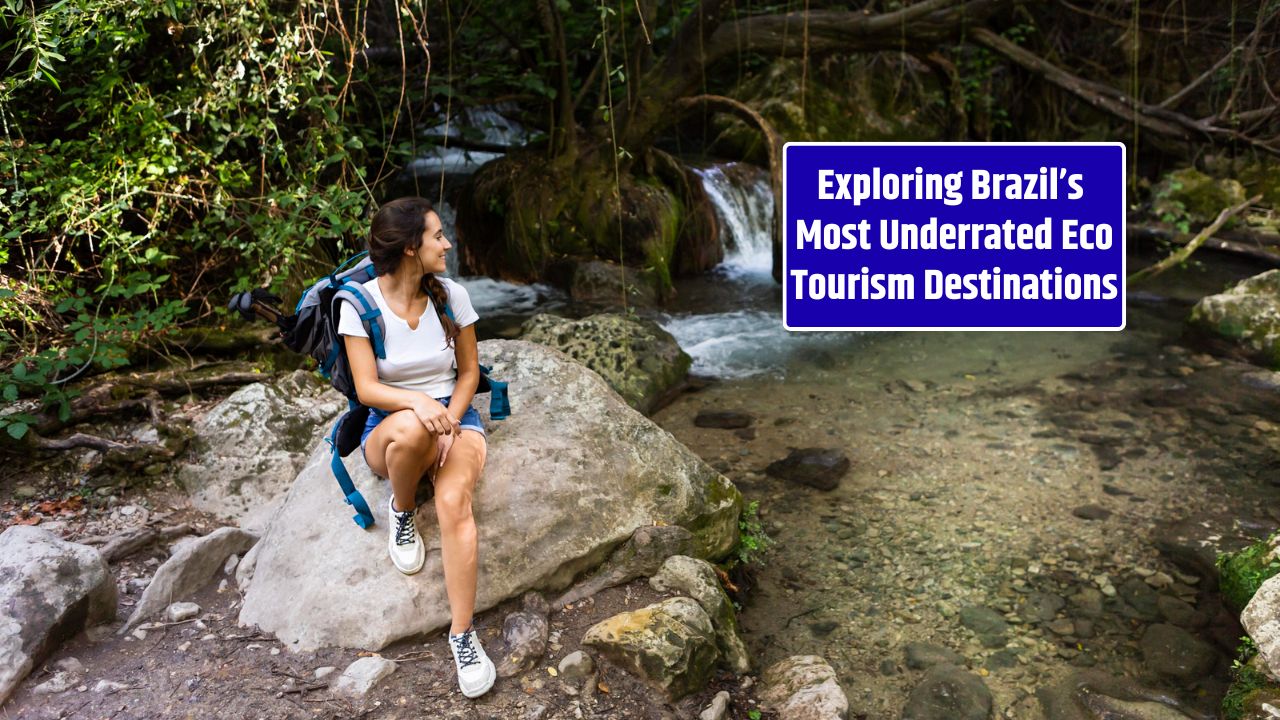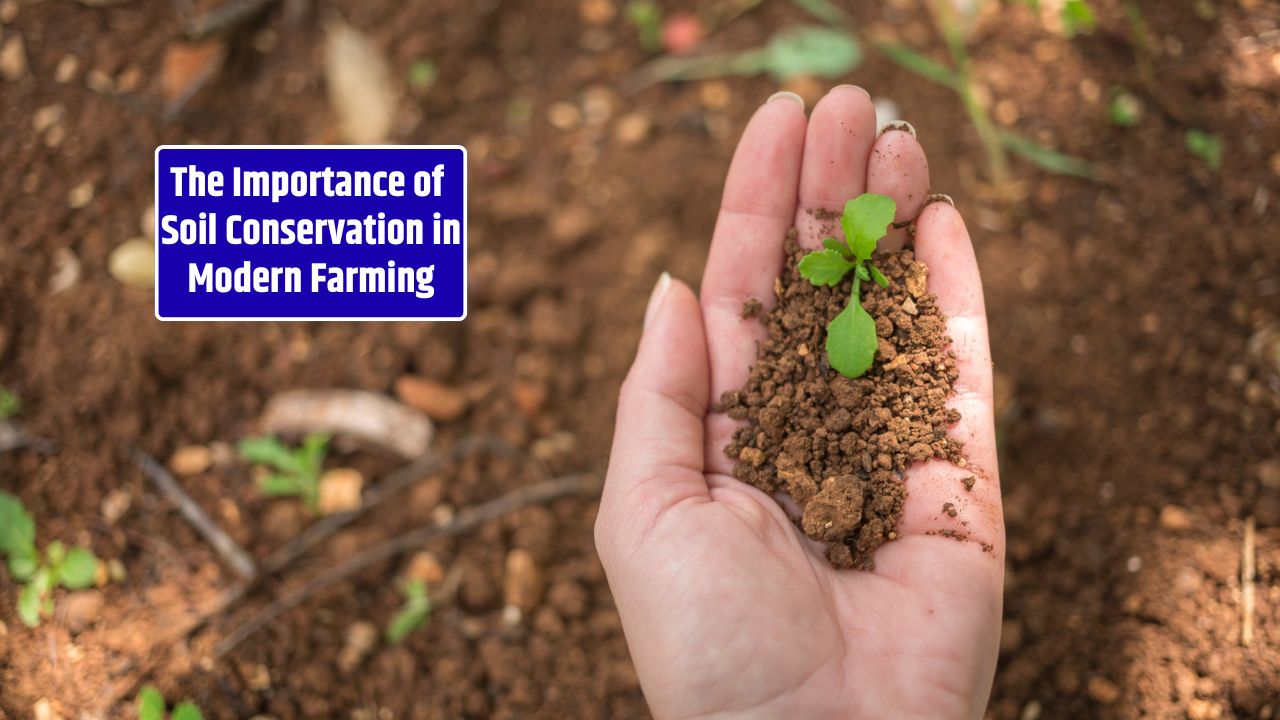Brazil’s eco-tourism scene usually gets painted in broad strokes—Amazon, Pantanal, Iguazu Falls, done. But beyond the postcard places lies another Brazil: wild, quiet, and spectacularly underrated. From the cerrado savannas of Mato Grosso to the rugged canyons of the Northeast, there’s a new wave of destinations where travelers trade crowds for connection—with nature, with locals, and with themselves.
So if you’re the kind of traveler who prefers muddy boots to marble lobbies, here’s your inside look at Brazil’s most underrated eco-tourism gems—places where biodiversity still rules and mass tourism hasn’t caught up.
1. Confresa, Mato Grosso – The Frontier of Wild Rivers
Tucked into Brazil’s northeast Mato Grosso, Confresa is the kind of town where the roads turn red after rain and rivers stretch like ribbons through untouched forest. Once known only for cattle ranches, it’s now gaining attention for its eco-potential.
The Grande Rio do Norte and nearby Araguaia River basin are home to otters, macaws, and caimans, and offer kayaking, fishing, and boat safaris with local guides. Early mornings bring misty horizons; afternoons, the hum of cicadas and slow drift of life on the water.
Confresa also borders the Parque Estadual do Araguaia, one of Mato Grosso’s least-visited protected areas. Here, wetlands, forest, and savanna blend into an ecosystem teeming with wildlife—without the tourist buses.
2. Jalapão, Tocantins – The Heart of the Brazilian Savanna
You’ve probably seen Jalapão’s golden dunes on Instagram without realizing where they were. This desert-like region is surreal—orange sand dunes, crystal-clear springs, and towering rock formations rising from the cerrado.
Located in Tocantins, Jalapão is Brazil’s answer to Namibia—untamed, photogenic, and full of off-grid adventure. Eco-lodges and community-run tours dominate the scene here, emphasizing sustainable practices. Floating in the “fervedouros”—natural pools where you can’t sink—is pure magic.
Pro tip: go with a 4×4, and plan ahead—the roads can be brutal, but the landscapes are worth every bump.
3. Serra da Capivara, Piauí – Where Prehistory Meets Conservation
One of Brazil’s most fascinating UNESCO World Heritage Sites, Serra da Capivara National Park holds some of the world’s oldest rock art—paintings dating back 25,000 years. But beyond archaeology, it’s also a stunning eco-tourism destination.
Trails cut through rugged cliffs and dry forest where wildlife has rebounded after decades of conservation work. Thanks to projects supported by ICMBio and local NGOs, the park is now a model for balancing preservation and local development.
Visitors can hike, birdwatch, and stay in eco-lodges that employ residents from nearby São Raimundo Nonato, creating a real link between heritage and sustainability.
4. Serra do Cipó, Minas Gerais – Waterfalls and Wild Orchids
Just a few hours from Belo Horizonte, Serra do Cipó National Park is an oasis of waterfalls, wildflowers, and dramatic mountain trails. It’s popular with Brazilian hikers but still largely unknown internationally.
Known as the “Garden of Brazil,” the park boasts over 1,600 plant species—many found nowhere else on Earth. The Cachoeira da Farofa and Cachoeira Grande are showstoppers, while the tranquil Rio Cipó is perfect for swimming.
The region’s small inns (pousadas) and farm stays have embraced sustainable tourism—solar energy, local food sourcing, and zero-waste initiatives.
5. Alter do Chão, Pará – The Amazon’s Beach Paradise
Nicknamed the “Caribbean of the Amazon,” Alter do Chão feels like a mirage: white-sand river beaches, clear blue water, and dense rainforest just steps away. It’s located along the Tapajós River, near Santarém in northern Pará, and serves as a gateway to the Amazon without the crowds of Manaus.
Local tour guides—many trained under community tourism programs from Brazil’s Ministry of Tourism—offer boat rides, forest hikes, and visits to Indigenous and riverside communities. The area’s conservation cooperatives are quietly setting the standard for sustainable Amazon travel.
Go between August and December, when river levels drop and the beaches appear.
6. Chapada das Mesas, Maranhão – Red Rocks and Hidden Canyons
Imagine Arizona’s canyons crossed with Brazil’s greenery and you’ve got Chapada das Mesas. Towering sandstone plateaus, deep waterfalls, and natural pools make it a photographer’s dream.
Located in southern Maranhão, the park has trails through canyons and viewpoints where you can watch scarlet macaws at sunset. Towns like Carolina and Riachão serve as eco-tourism bases, offering guided treks, river rafting, and local home stays.
Recent conservation projects supported by the Maranhão State Environment Secretariat are helping regulate visitation and protect fragile ecosystems.
7. Pantanal Norte, Mato Grosso – Brazil’s Wildlife Capital (Without the Crowds)
Yes, the Pantanal is famous—but most travelers only see its southern side. The northern Pantanal, accessible from towns like Poconé and Cáceres, offers a wilder, quieter version of the world’s largest tropical wetland.
Here, eco-lodges on private reserves host dawn safaris where jaguars roam, giant anteaters forage, and toucans flash overhead. The best time to visit is during the dry season (June to October), when wildlife congregates along shrinking water sources.
Community-based tourism and rewilding projects, often in partnership with Embrapa, are restoring balance between ranching and conservation.
8. Ibitipoca, Minas Gerais – A Sustainable Retreat in the Mountains
Once an old mining area, Ibitipoca has reinvented itself as Brazil’s most eco-conscious luxury escape. Located in the mountains of Minas Gerais, it’s a mix of reforestation project, boutique hospitality, and social impact model.
The privately run Reserva do Ibitipoca spans 5,000 hectares of restored Atlantic Forest, where trails lead to waterfalls, caves, and panoramic ridges. Profits from tourism fund reforestation and rural community development—a genuine blueprint for responsible tourism.
9. Vale do Pati, Bahia – The Hidden Heart of Chapada Diamantina
Deep inside Bahia’s Chapada Diamantina National Park, the Vale do Pati is often called one of the most beautiful trekking routes in South America. Think of it as Brazil’s Inca Trail—without the crowds or commercialization.
You’ll walk through valleys, waterfalls, and caves, staying in family-run mountain homes (called “casas de nativos”). There’s no road, no Wi-Fi, and no rush—just pure immersion in nature and community.
It’s not easy to reach, but that’s part of the charm. The lack of mass tourism keeps the valley pristine and the experience deeply personal.
10. Canudos, Bahia – History Meets Eco-Resilience
For history buffs and eco-travelers alike, Canudos offers a rare blend of culture and landscape. Once the site of a legendary 19th-century rebellion, the area around the Canudos State Park has turned into a hub for environmental education and rural tourism.
Local cooperatives have reforested large tracts of the caatinga biome, turning what was once barren land into a living classroom of ecological recovery. It’s a testament to how eco-tourism can drive both preservation and pride.
Quick Travel Reference
| Destination | Region | Best Time to Visit | Highlight |
|---|---|---|---|
| Confresa | Mato Grosso | May–Sept | Rivers, frontier culture |
| Jalapão | Tocantins | June–Sept | Sand dunes, springs |
| Serra da Capivara | Piauí | May–Nov | Rock art, wildlife |
| Serra do Cipó | Minas Gerais | Year-round | Waterfalls, orchids |
| Alter do Chão | Pará | Aug–Dec | River beaches, Amazon vibes |
| Chapada das Mesas | Maranhão | June–Oct | Canyons, waterfalls |
| Pantanal Norte | Mato Grosso | June–Oct | Wildlife safaris |
| Ibitipoca | Minas Gerais | Apr–Sept | Reforestation, luxury eco-lodge |
| Vale do Pati | Bahia | May–Oct | Trekking, local stays |
| Canudos | Bahia | May–Aug | Culture, conservation |
FAQs:
What’s the best time of year for eco-tourism in Brazil?
Generally, the dry season (May–September) offers easier travel and better wildlife spotting, though some regions shine in the rains.
Are these areas safe for tourists?
Yes, most are safe with local guides. Always check road and weather conditions before heading into remote areas.
Do I need to speak Portuguese?
It helps a lot—especially in rural areas. Many guides speak basic English, but locals appreciate any effort.

















